Baffled by ‘3x10’ or ‘60s rest’ in your workout plan? Mastering how to read workouts is essential to execute your fitness routines effectively. This guide demystifies the shorthand scribbles, from pinpointing the right weight to timing your rest intervals. Without spoiling the details, expect straightforward insights that will sharpen your workout literacy and bridge the gap between confusion and clarity.
Key Takeaways
-
Exercises in your workout have a specific order: compound movements first for energy and focus, then isolation exercises to target specific muscles without pre-existing fatigue.
-
Your goals dictate your reps and sets: heavy weights with fewer reps for strength, moderate weights with more reps for muscle growth, and lots of reps for endurance.
-
Rest intervals are crucial and should be tailored to your goals; they’re not just breaks, but an active part of training that affects muscle recovery and overall workout effectiveness.
Deciphering Workout Structure
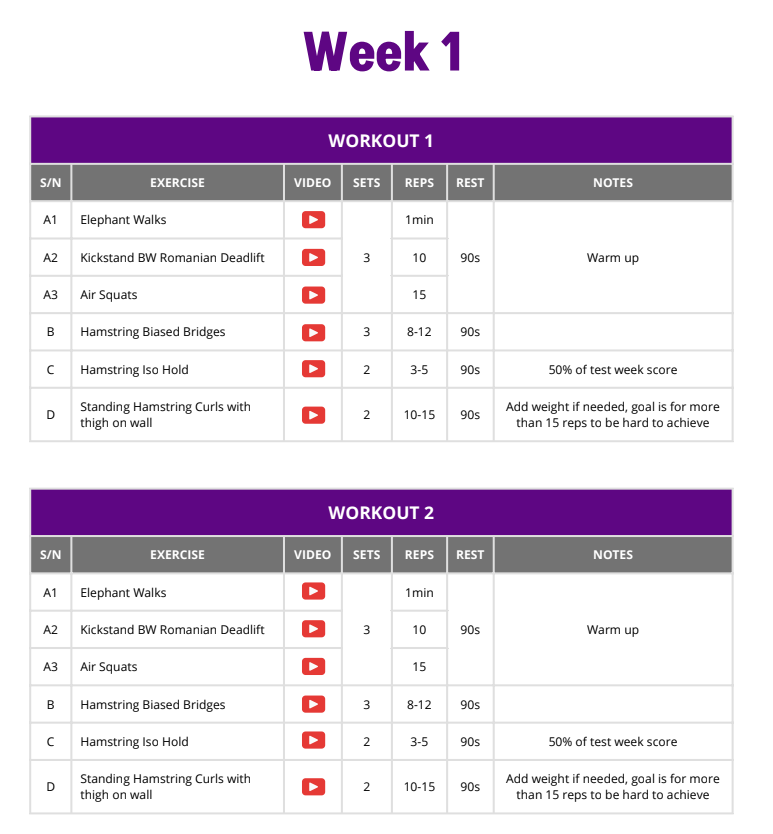
This is Week 1 of our 10-Week Nordic Curl Program,
which you can get for FREE with the Performance Bundle
As you begin your fitness journey, you may have wondered why some exercises are performed right from the start while others are reserved for the end. This isn’t arbitrary; there’s a systematic approach behind it. When you start weight training, compound exercises, those that engage multiple muscle groups and joints – think squats, deadlifts, and presses – are your opening acts. They’re placed at the beginning of your workout when you’re fresh and can give them your all. As for those targeted, muscle-specific movements, known as accessory or isolation exercises, they take the stage later on. This ensures they’re not hampered by the fatigue that compound lifts can leave in their wake.
Grasping the exercise sequence, frequently represented in your workout journal as a series of letters or numbers, significantly contributes to a productive training session. The order is deliberate, designed to maximize your performance across the workout. Training notation is like the language of fitness; it tells you which exercise to perform, how many sets and reps to do, and even how long to rest in between. For instance, a note in your training program that says ‘Barbell Overhead Press: 50 pounds, 3 X 10 RM, 60 seconds’ breaks down to the weight you’ll be lifting, the number of sets and reps, and the rest interval. This straightforward method guarantees that your training sessions are organized for optimal results, ensuring you maintain proper form throughout.
Understanding Repetition and Set Counts
Delving into the core aspects of strength training, we should discuss reps and sets. If you’ve ever wondered, “how many reps should I do?” you’re asking one of the most important questions in fitness. A repetition, or ‘rep’, is one complete movement of an exercise, and a set is a collection of these consecutive reps. The number of reps you perform in a set can vary, but it’s typically chosen to align with your specific goals, whether that’s muscle growth, power, or endurance.
The concept of the ‘repetition maximum’ (RM) is a key player here. Your 1RM is the maximum weight you can lift for one rep – an important benchmark for setting the intensity of your workouts. If you’re looking to build muscle, you might lift a weight at 65% of your 1RM for 10 reps. This would be notated as ‘3 sets of 10 reps,’ indicating you should complete the exercise three times with 10 reps each time. Once mastered, this uncomplicated system empowers you to design workouts that propel you towards your objectives, one repetition at a time.
One Rep and One Set Defined

Before you load up that barbell for a round of squats, let’s clarify what we mean by one rep and one set. Picture this: you’re standing tall, ready for a squat. You bend your knees and lower down until your thighs are parallel to the ground – that’s one rep. Now, do that exact movement a number of times without stopping, and you’ve got yourself a set. The prescribed number of reps you perform consecutively becomes your set, and your training program will guide you on just how many reps that is.
If you’re aiming for three sets of 10 squats, you’d complete your 10 reps (that’s one set), take a breather, and then repeat the process two more times. Each set is a stepping stone, and the number of reps in each one is like setting the distance between them. You’ll want to choose a weight that makes reaching the final rep of each set challenging but achievable – that’s the sweet spot where strength gains and muscle growth are made.
Interpreting Rep Ranges
Now, you might be wondering, “how many reps for strength versus muscle size?” Rep ranges are the key to unlocking the door to your fitness goals. Let’s say you want to grow stronger; the 5x5 system might be your jam. This involves five sets of five reps with heavier weights to maximize strength gains. On the flip side, if you’re on the hunt for muscle hypertrophy, a sweet spot of 8 to 15 reps with moderate weights will have you on the right track, stimulating muscle growth through a combination of metabolic stress and micro-tears.
For those endurance athletes among us, pushing the boundaries with high rep counts of 20 to 30 can enhance your muscles’ ability to perform for extended periods. And then there’s the Range Method, which offers a flexible approach by giving you a target rep range to work within. This allows you to adjust weights based on your ability, affecting strength and muscle growth outcomes based on the chosen range.
Essentially, the number of reps you perform can be tailored to what you’re looking to achieve, whether it’s brute force, bulging biceps, or stamina for days.
Grasping Rest Intervals

When it comes to weight training, it’s not just about how much you lift or how often – it’s also about how long you rest. Rest intervals might just be numbers on a page, but they hold immense power in your training sessions. Think of them as the silent conductors of your workout symphony, guiding you on when to pick up the weights and when to catch your breath. They’re the periods between sets when your muscles recover, and they can range from a quick 30 seconds to a more leisurely five minutes, depending on whether you’re chasing muscle size or pure strength.
Rest intervals are often tailored to specific exercises within your workout. For example, an entry in your workout journal for bench press might read ‘5x4, 45 secs’, indicating you should rest 45 seconds between each of your five sets of four reps. It’s a detail that might seem small, but it’s crucial in determining how your muscles respond to the workout. Skimping on rest can leave you underperforming, while too much rest might not push your muscles to adapt and grow.
So next time you’re tempted to skip the stopwatch, remember that active rest is where the magic of muscle recovery happens.
The Role of Rest in Muscle Recovery
Let’s examine in detail why these rest intervals are so beneficial for your muscles. Ever felt your form slipping during a set? That’s often a sign you’re hitting what’s known as ‘technical failure’ – the point where your muscles are too fatigued to perform properly. Rest intervals are your safeguard against this. By allowing your muscles to recuperate between sets, you’re helping to prevent technical failure and maintain the quality of your movements.
Rest isn’t just a pause; it’s an active component of your training that enables you to perform better in subsequent sets. With adequate rest, you can maintain heavier lifts or squeeze out more reps, which are crucial for making progress whether you’re power training or focusing on building muscle mass. Training to ‘technical failure’ – where you push yourself to the limit while still keeping your form on point – should be your goal, rather than pushing to absolute failure which can lead to injury and counterproductive fatigue.
Therefore, when you’re scheduling your rest intervals, consider them as a preparatory pause that readies you for the subsequent bout of exertion, ensuring you rest sufficiently.
Tailoring Rest Periods to Fitness Goals
Resting is not a universal rule; rather, it’s a custom-fit strategy designed to amplify your workout outcomes. Whether you’re lifting weights to gain muscle size or to increase your endurance, rest periods can be adjusted to align with these fitness goals. For those focused on muscle growth, shorter rest intervals can lead to that burning sensation in your muscles – a sign of metabolic stress that contributes to hypertrophy. If strength gains are what you seek, then longer rest periods will allow you to lift heavier weights over more sets, ultimately increasing your power output.
There’s also the technique known as rest-pause training, which is a game-changer for those with limited time. This method involves taking brief pauses within a set after reaching failure, then continuing to lift. It’s a way to squeeze out those extra reps that can make all the difference in your muscle development. By customizing your rest intervals, you’re not just killing time – you’re strategically setting the stage for the type of adaptation you want your muscles to undergo, whether it’s enhancing your power, strength, or endurance.
Recognizing Exercise Types and Sequences
As you step into your next training session, take a moment to appreciate the symphony of movements that make up your workout. Identifying the types of exercises and the order of their execution somewhat resembles interpreting a musical composition. The arrangement is designed to optimize your training adaptations and ensure that fatigue doesn’t throw you off your rhythm.
Compound movements, the heavy hitters that engage several muscle groups, are your opening acts because they require more energy and concentration. Following the headliners, isolation exercises take the stage. These movements focus on a single muscle group and are typically less taxing on the body. By placing them after compound exercises, you ensure that your targeted muscles get the attention they need without being overshadowed by fatigue from the earlier, more complex movements.
This orchestrated arrangement of exercises is not just about diversification; it’s a meticulously devised order that enhances your effort and reduces the chance of fatigue hampering your workout’s efficacy.
Compound vs. Isolation Exercises
When we talk about compound exercises, we’re referring to the multi-taskers of the weight training world. These are your squats, your deadlifts, and your bench presses – movements that require the cooperation of multiple joints and muscle groups to complete. Isolation exercises, on the other hand, are the specialists. They target a specific muscle group, like biceps or calves, and typically involve movement at just one joint. Both types of exercises have their place in a balanced training program, and together, they contribute to a comprehensive approach to muscular development.
Incorporating a mix of compound and isolation exercises into your workouts ensures that you’re not only building overall strength and functional fitness but also giving some love to those smaller muscle groups that can be overshadowed in compound lifts. It’s like creating a balanced diet for your muscles – you wouldn’t want to eat just one type of food, and likewise, your muscles thrive on a variety of movements.
Embrace both compound and isolation exercises, and watch as they work together to sculpt a stronger, more defined you.
Reading Supersets and Circuits
For optimizing your time and effort in the gym, supersets and circuits serve as your hidden arsenal. Supersets involve pairing two exercises back-to-back with no rest in between. Imagine performing a set of bench presses followed immediately by a set of pull-ups – that’s a superset. Circuits take it up a notch by stringing together three or more different exercises in a row, creating a high-intensity workout that can include a mix of strength and cardio elements.
These dynamic training methods keep your heart rate up and your muscles engaged, offering a more efficient workout that can yield impressive results in both strength and endurance. Plus, they add an element of challenge and variety to your routine, keeping things fresh and exciting.
Therefore, when you encounter a workout brimming with supersets and circuits, anticipate a session that will challenge your boundaries and ensure you reap maximum benefits from every minute spent in the gym.
Analyzing Tempo and Execution Speed
The speed at which you perform each rep can have a profound impact on your strength and muscle growth outcomes. It’s like the rhythm of a song, dictating the pace and intensity of your movements. Workout programs often denote tempo using a sequence of numbers, such as ‘3-1-2’, which represent the duration of each phase of an exercise. The first number might refer to the eccentric phase (lowering the weight), the second to any pause at the bottom, and the third to the concentric phase (lifting the weight).
What if you see an ‘X’ in the tempo notation? That’s your cue to perform that phase explosively, injecting a burst of speed into the movement. Tempo training is a powerful tool for breaking through plateaus, especially when incorporated into compound lifts and bodyweight exercises. By controlling the speed of your reps, you’re not just going through the motions – you’re commanding your muscles to adapt, grow, and perform with precision.
Advanced Training Techniques Notation
Have you aced the basics and are prepared to advance your training? Advanced training techniques such as drop sets and rest-pause sets are where the true excitement kicks in. These methods push your muscles beyond their comfort zone, demanding more from them and in turn, promoting significant growth. Drop sets, for instance, are all about pushing through muscle fatigue. After completing a set at a certain weight, you immediately drop to a lighter weight and continue lifting, allowing you to work the muscle to its absolute limits.
Then there’s the rest-pause method, which is as intense as it sounds. It starts with lifting a heavy weight until you can’t do another rep, followed by a brief rest, and then more lifting. This technique forces your muscles to perform more work in a shorter time frame, increasing the intensity of your workout and pumping up the volume on your gains. These advanced techniques are not for the faint of heart, but they’re incredible tools for those looking to take their strength and muscle mass to the next level.
Decoding Drop Sets and Giant Sets
Ever feel like you’ve given all you’ve got, but still want to squeeze out a little more? That’s where drop sets come into play in your strength training regimen. Imagine you’re doing bicep curls; you complete your set, then immediately drop the weight down and keep going. This is a drop set – a technique that involves continuing an exercise with a lower weight after muscle failure, without any rest in between. It’s a demanding method that challenges your muscles to keep firing even when they’re screaming for a break, leading to serious muscle hypertrophy.
Giant sets take the concept of drop sets and, well, supersize it. Picture this: you’re doing not one, not two, but four or more exercises in a row, targeting the same muscle group with zero rest. This is the giant set – a brutal gauntlet that exhausts your muscles from every angle. These are typically noted in your training program and are a clear signal that your workout is focused on achieving maximum muscle growth through sustained tension and fatigue.
Extended sets like these are advanced techniques designed to push your muscles to the brink and beyond, ensuring that every ounce of effort translates into growth.
Understanding Rest-Pause Technique
Now, let’s break down the rest-pause technique. This advanced training method is not about taking it easy; it’s about strategically inserting brief rest intervals to amplify your training intensity. Here’s how it works:
-
You push out as many reps as possible until your muscles reach failure.
-
Instead of calling it quits, you pause for about 20 seconds.
-
Then, pick up right where you left off, squeezing out a few more reps with the same weight.
It’s a technique that allows you to perform more repetitions than you would in a standard set, essentially tricking your muscles into doing more work than they thought possible.
This approach can be a game-changer, especially when you’re short on time but still want to achieve significant strength and muscle gains. The rest-pause method is like a series of mini-climaxes in your workout, each pushing you to your limit and then asking for just a little bit more. It’s a testament to the fact that sometimes, more rest isn’t what you need – it’s the right kind of rest strategically placed to maximize the work you can perform.
Keeping a Detailed Workout Journal

Take a moment to reflect on the might of the pen, or in this instance, the workout journal. Keeping a detailed record of your training sessions is more than just a way to remember what exercises you did last gym visit. It’s a crucial tool for tracking your progress, setting goals, and maintaining consistency. Your workout journal becomes a historical document, a tale of weights lifted and reps completed, charting your journey from strength to strength.
A workout journal doesn’t just log numbers; it captures the context of your workouts. By noting down the specifics, such as how you felt or the environment you trained in, you gain valuable insights that can help you tweak and improve future sessions. It’s a feedback loop that keeps you honest and engaged with your fitness goals, turning every page into a stepping stone towards your ultimate achievements.
Hence, during your subsequent gym visit, consider your workout journal as an essential companion – it could potentially be the most critical tool you utilize.
Applying Your Knowledge: Sample Workout Read-Through
Armed with this knowledge, we can apply it to a sample workout read-through. Imagine you’re looking at your training program, and you see ‘Incline Dumbbell Press: 3 sets of 8-10 reps’. This notation is your blueprint. It tells you that you’re in for three rounds of incline dumbbell presses, and each round should consist of 8 to 10 reps. As you perform the exercise, you adjust the weight to ensure you can complete at least 8 reps but are challenged by the 10th rep. This is your rep range at work, allowing you to push your muscles within a targeted spectrum of effort.
Now, consider the overhead press notation that includes weight, tempo, and rest periods. This extra layer of detail guides you to lift a specific weight at a controlled speed, taking a designated rest between sets. It’s a comprehensive approach that covers not just how many times you lift, but also how you lift – the complete package for optimal training outcomes.
By understanding these notations, you’re equipped to tackle your workouts with confidence, ensuring every session is a step towards your fitness aspirations.
Summary
You’ve ventured through the world of workout notation, from deciphering reps and sets to mastering rest intervals and recognizing exercise sequences. You’ve learned that every number, every rest period, and every sequence plays a pivotal role in the grand design of your fitness journey. With this guide, you now have the map to navigate the landscape of weight training, equipped with the knowledge to read and execute workouts that align with your goals.
Take this newfound wisdom to heart, and let it fuel your passion as you continue to challenge and transform your body. Remember that your workout journal is your chronicle of growth, and each entry is a testament to your commitment. So go ahead, apply what you’ve learned, and embrace the power you hold in every rep, every set, every rest. It’s time to build muscle, gain strength, and unlock your full potential – one workout at a time.
Frequently Asked Questions
What does '5x5' mean in a workout program?
In a workout program, '5x5' means performing five sets of five reps each, which is great for building strength by lifting heavier weights. Try incorporating it into your routine for a challenge!
How long should my rest intervals be?
Your rest intervals should be tailored to your training goals, ranging from 30 seconds for muscle endurance to up to five minutes for maximum strength training. Adjust them according to your fitness objectives.
What's the difference between compound and isolation exercises?
Compound exercises like squats or bench presses work multiple joints and muscle groups, while isolation exercises like bicep curls or calf raises target a single muscle group. So, compound exercises work more muscles at once, making them great for overall strength and muscle development.
Why is tempo important in my workouts?
Controlling the tempo of your movements can help target different aspects of muscle development and enhance your strength training outcomes. It affects the intensity and focus of your exercise, making it an important aspect of your workouts.
What should I write in my workout journal?
Write down exercises, weights, reps, and sets in your workout journal, along with details like rest periods and personal notes about how the workout felt. This helps you track progress and plan future workouts effectively.
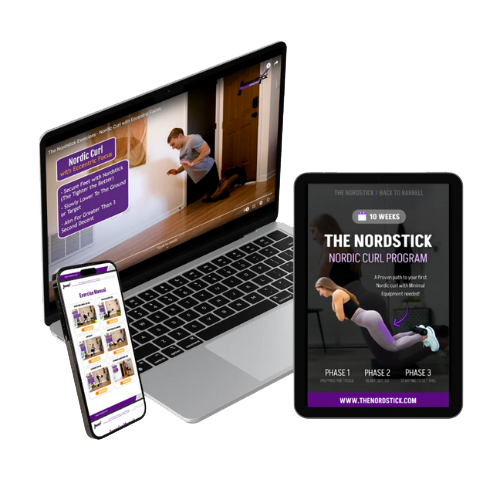


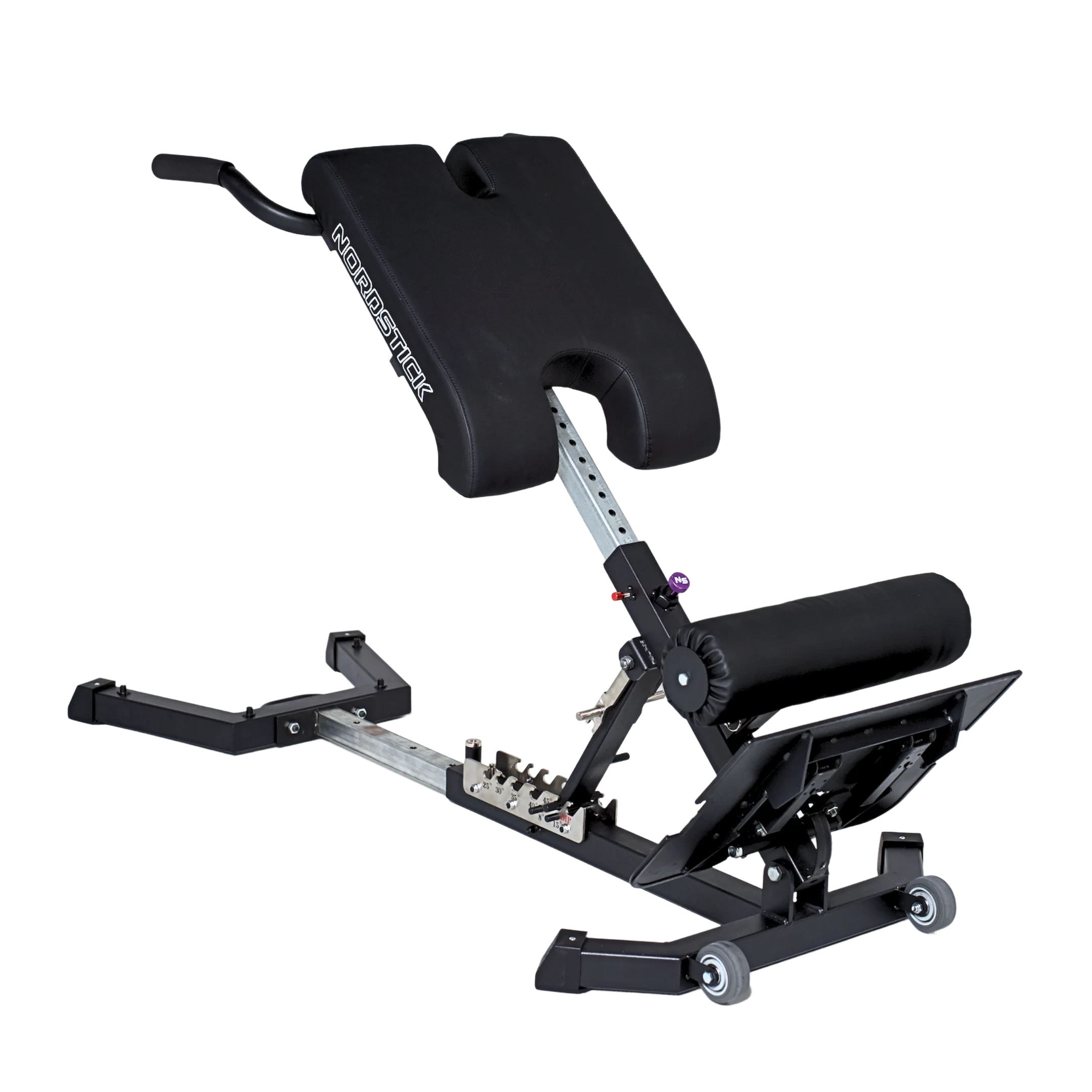






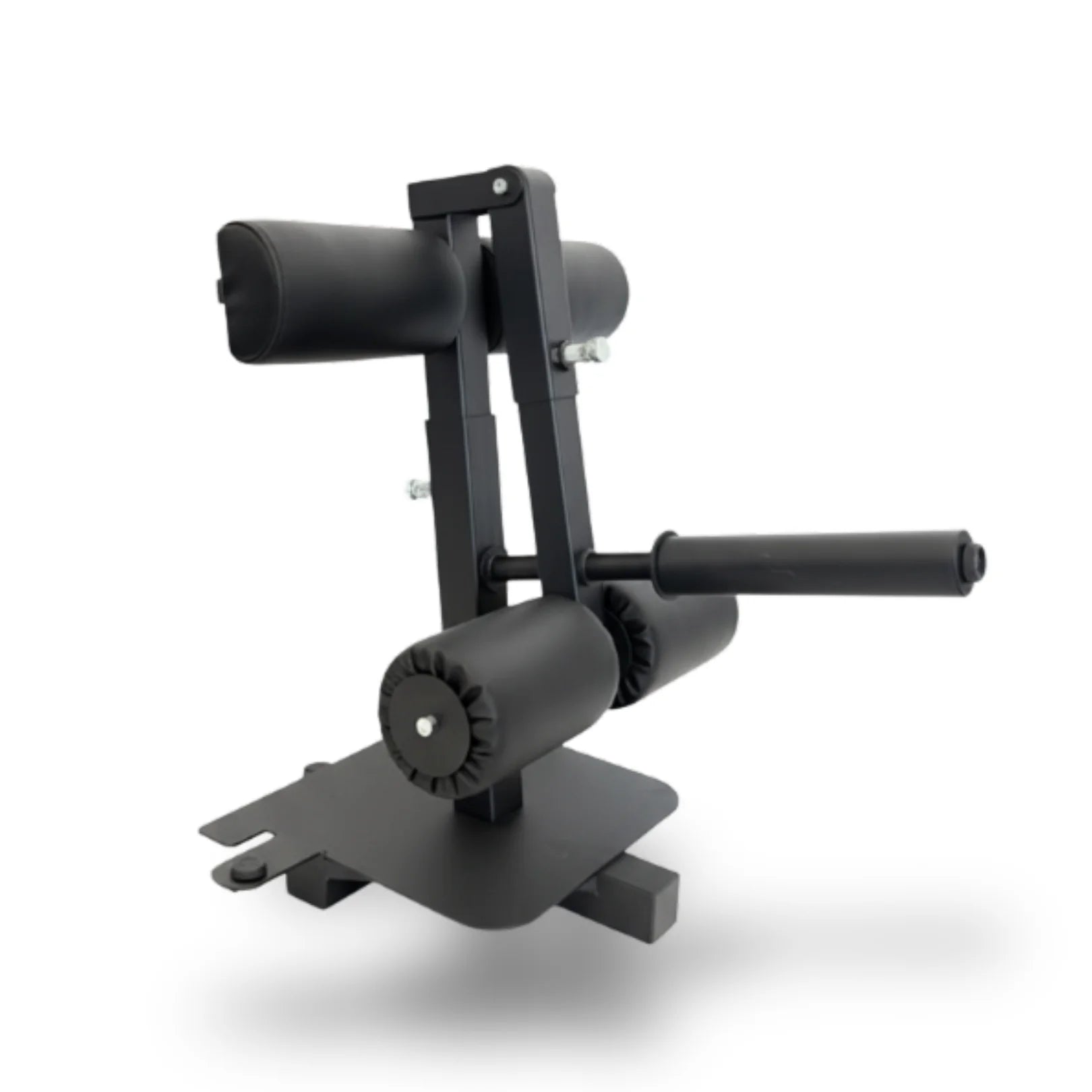
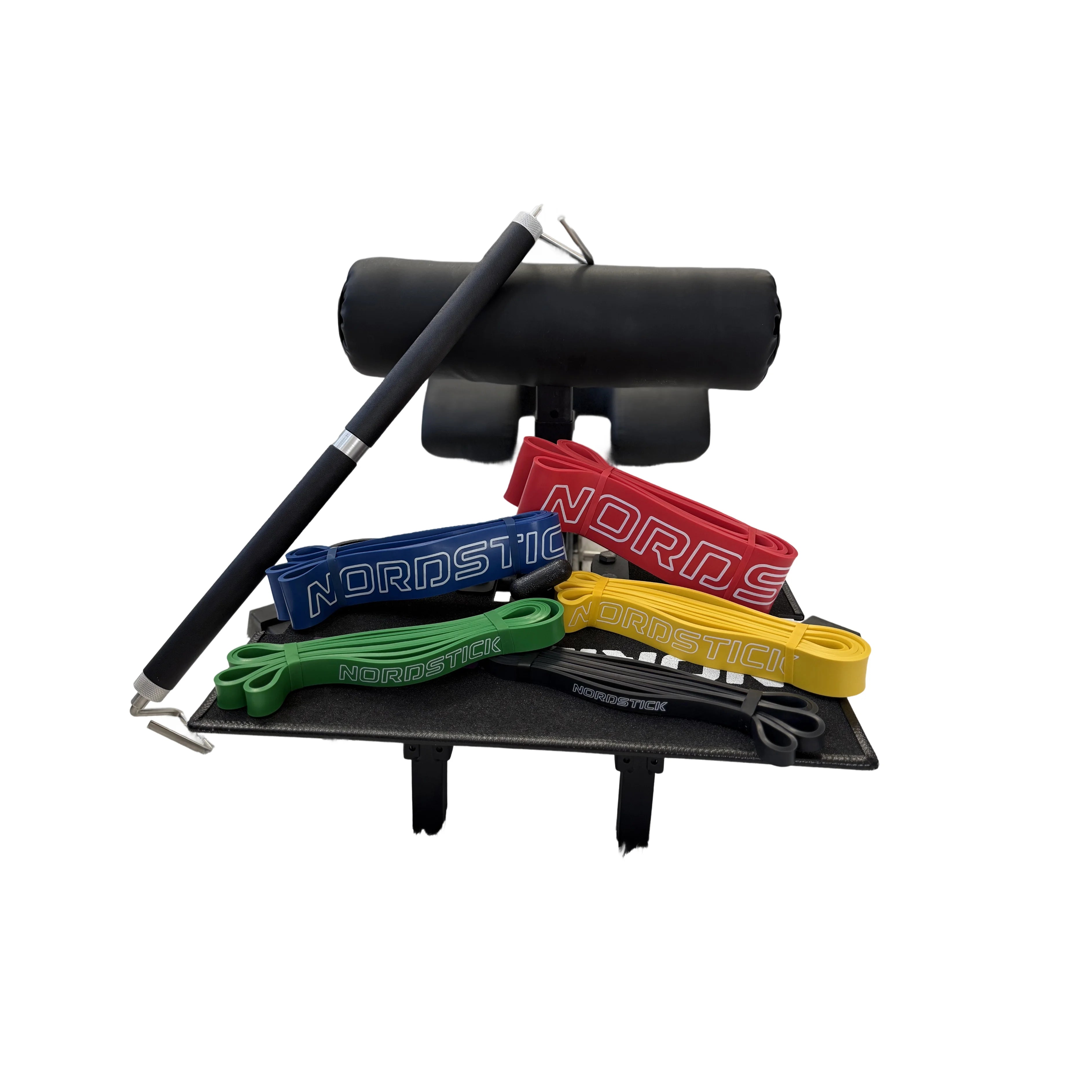
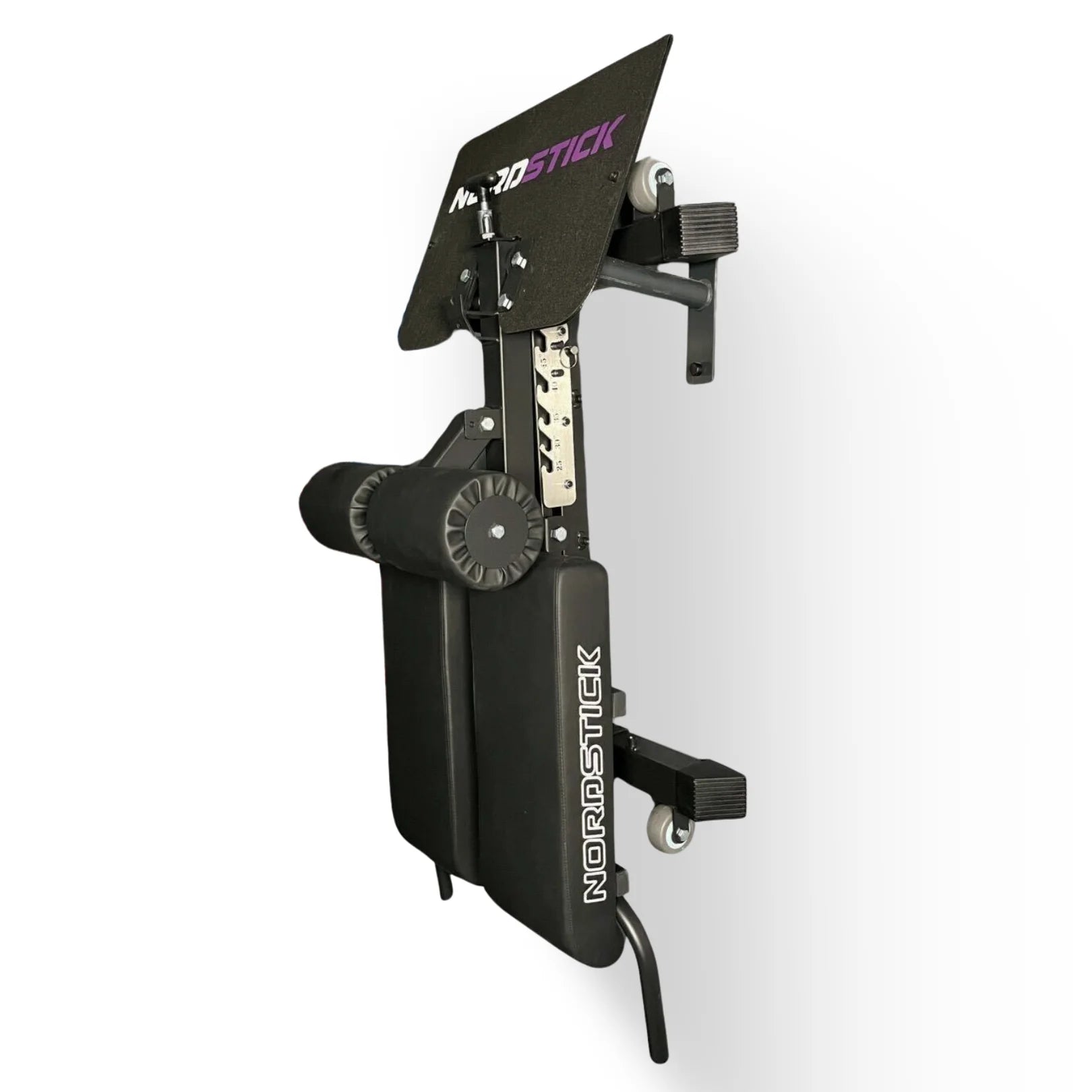
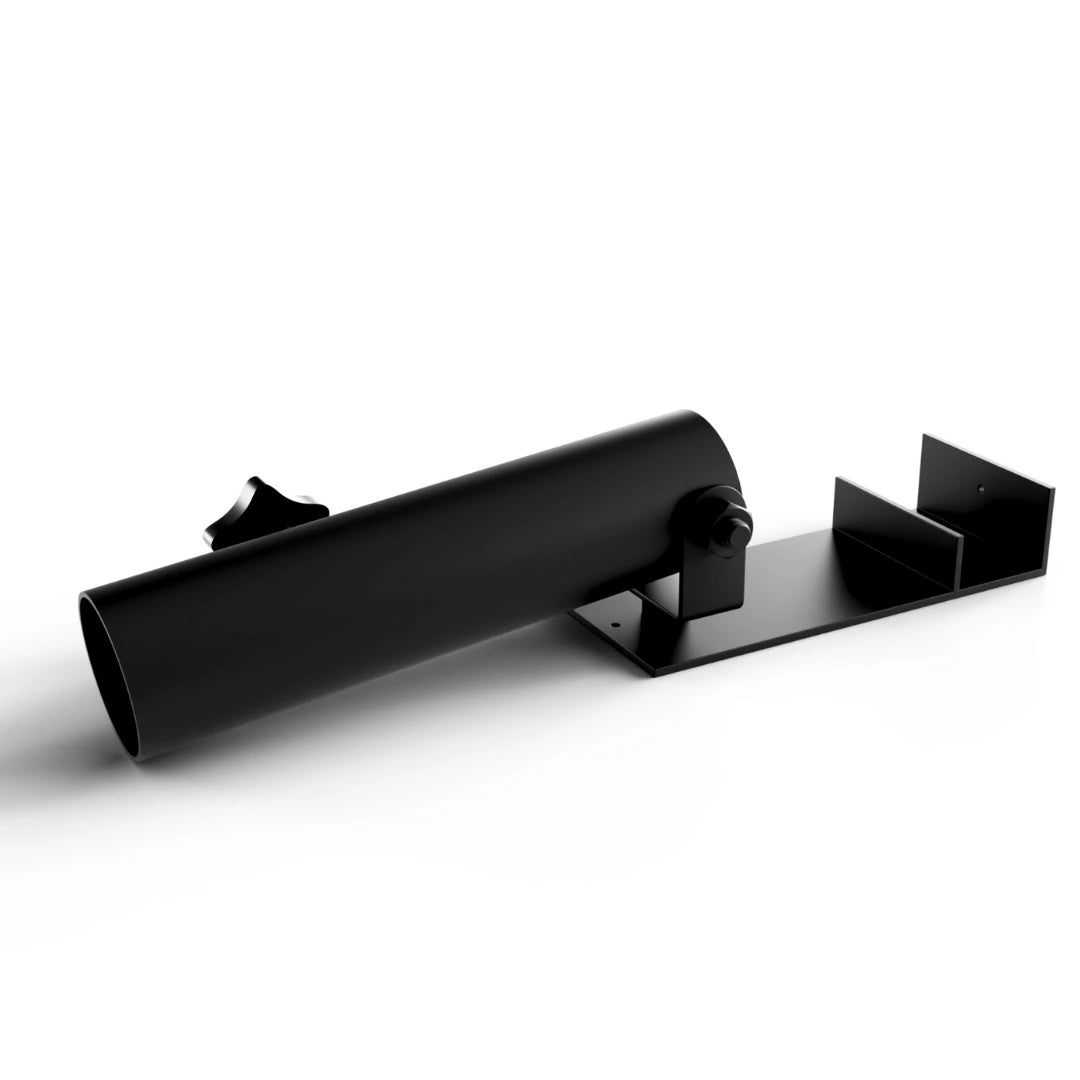
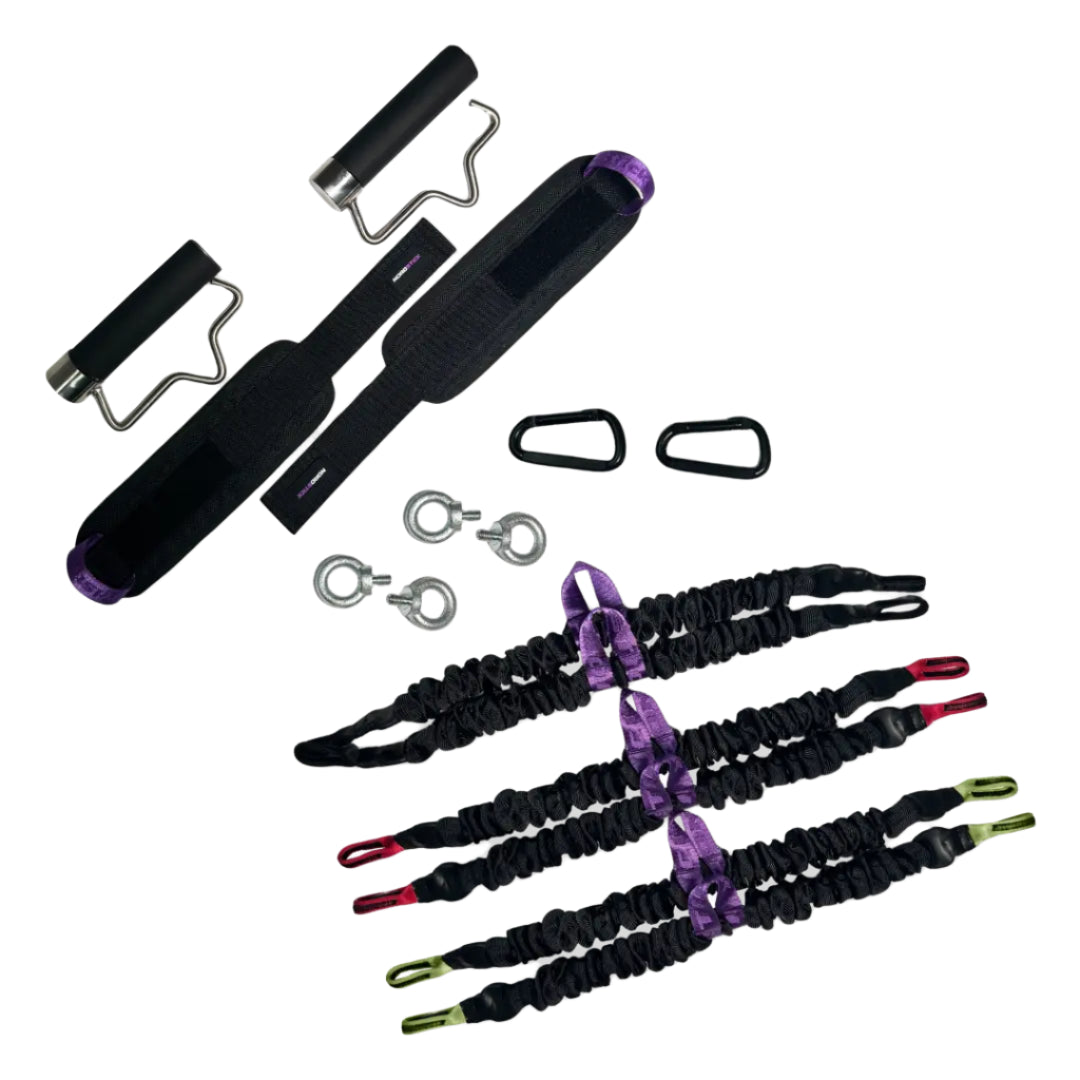
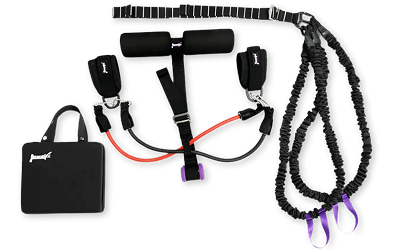
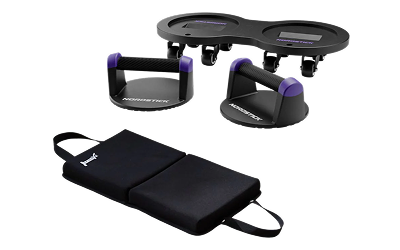
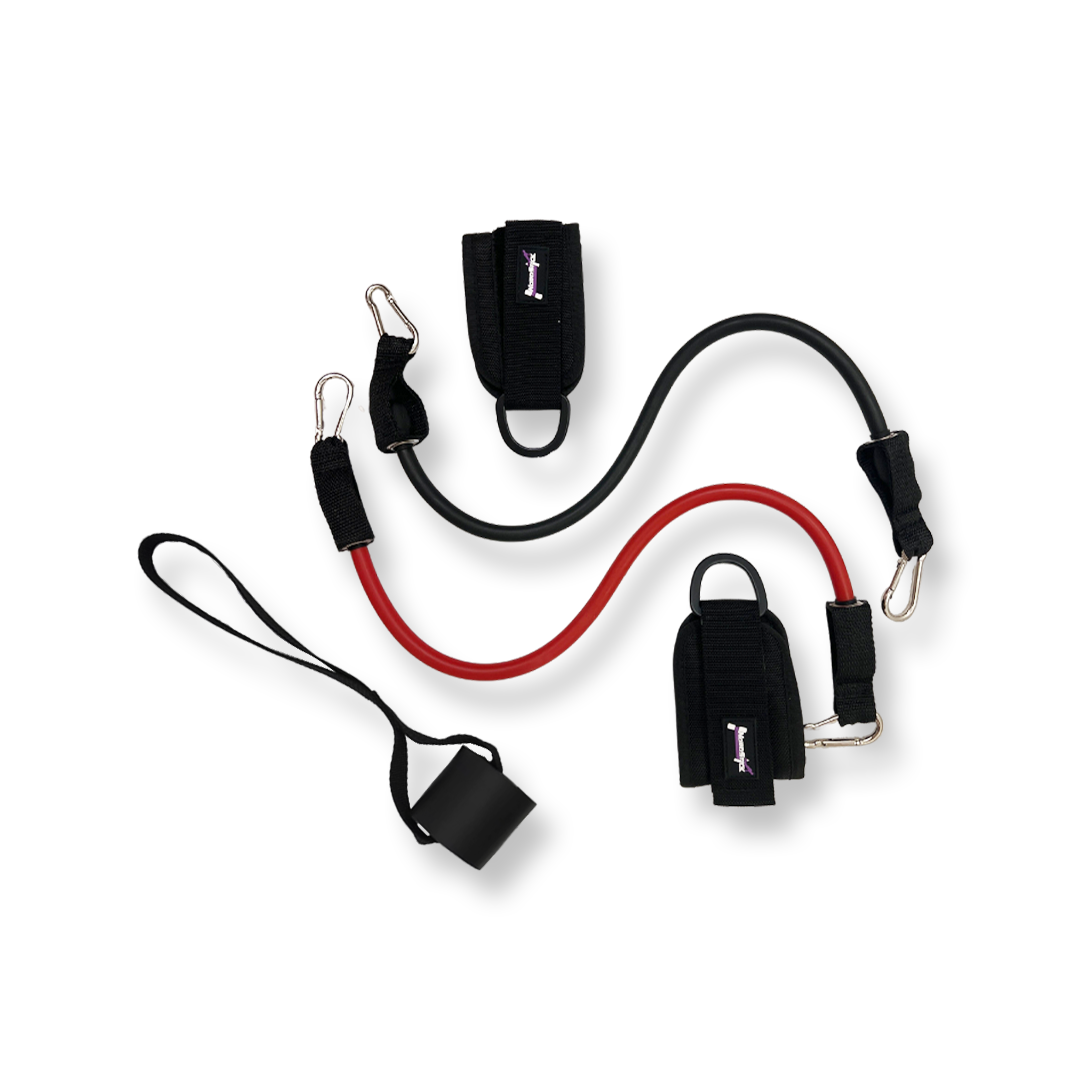
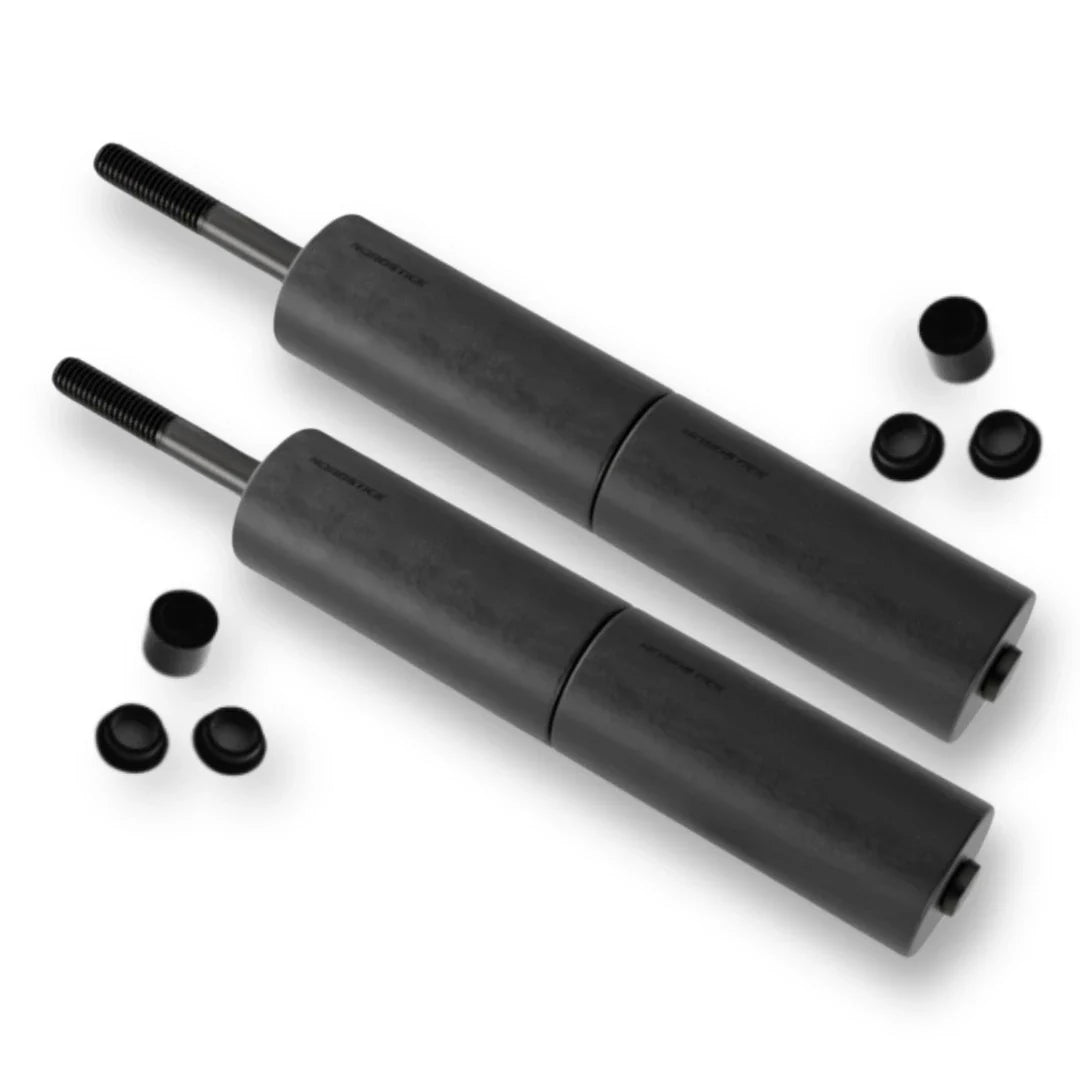
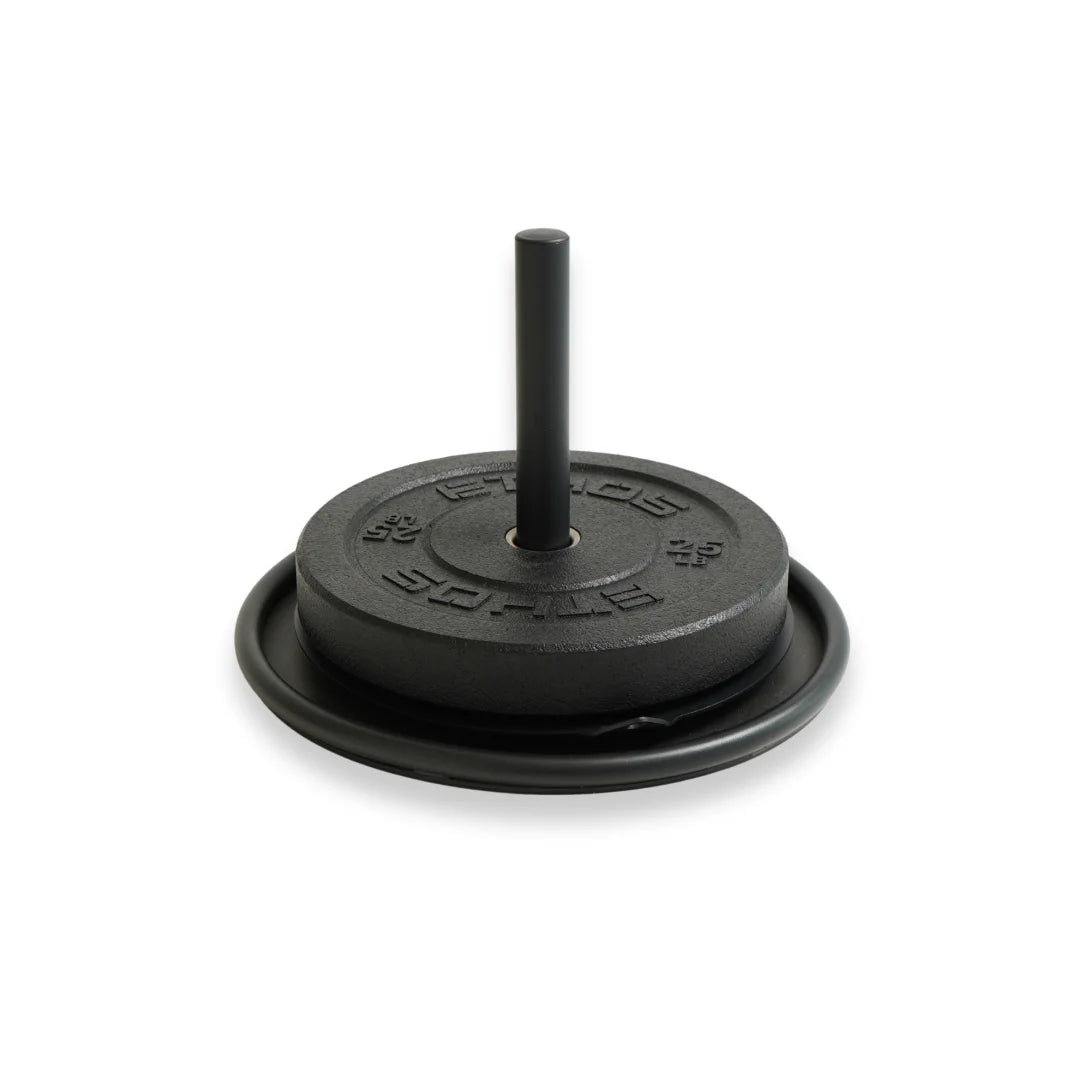
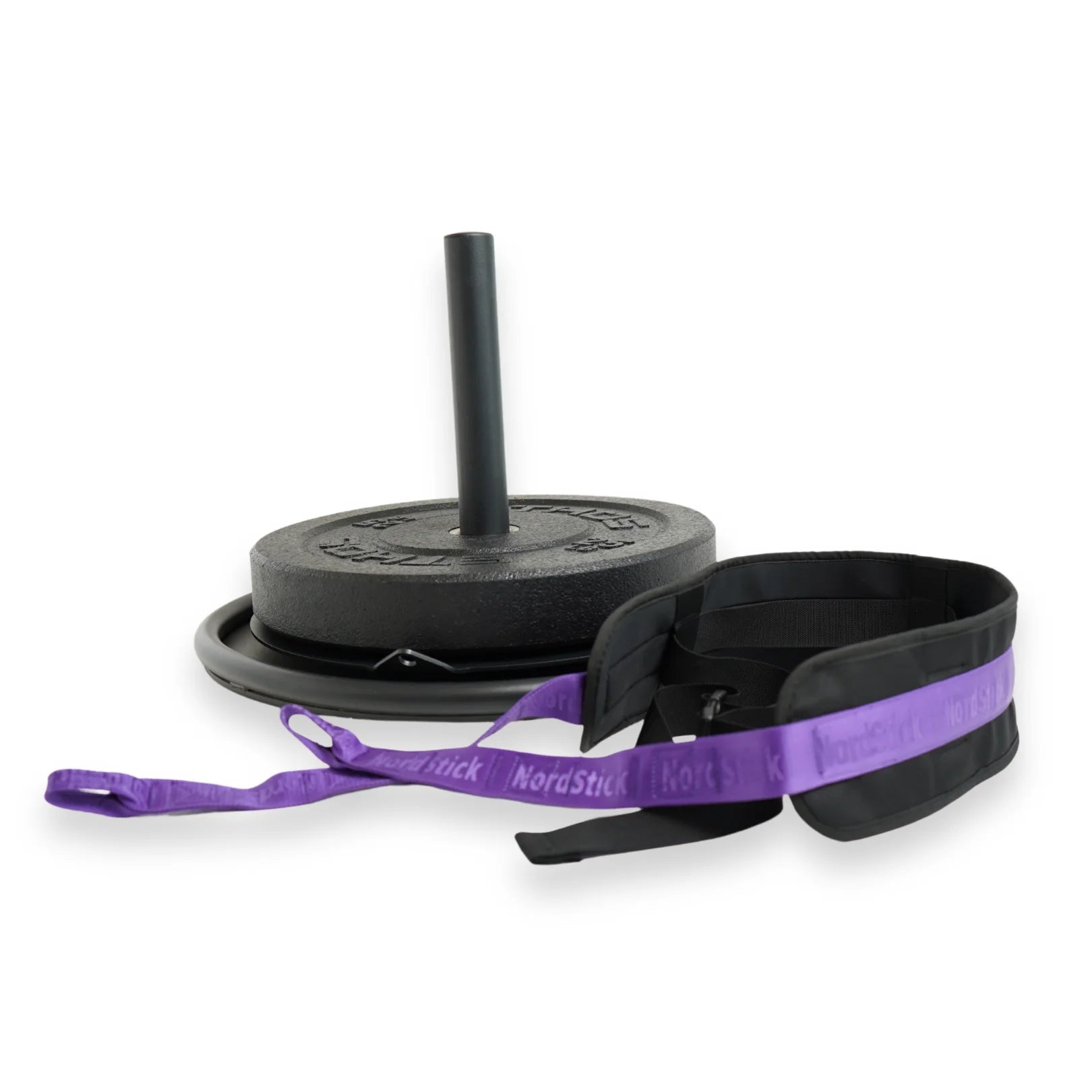
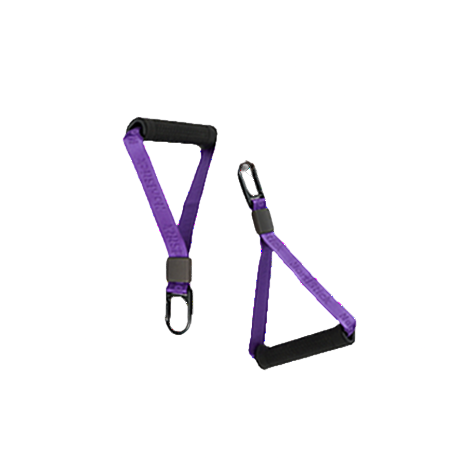
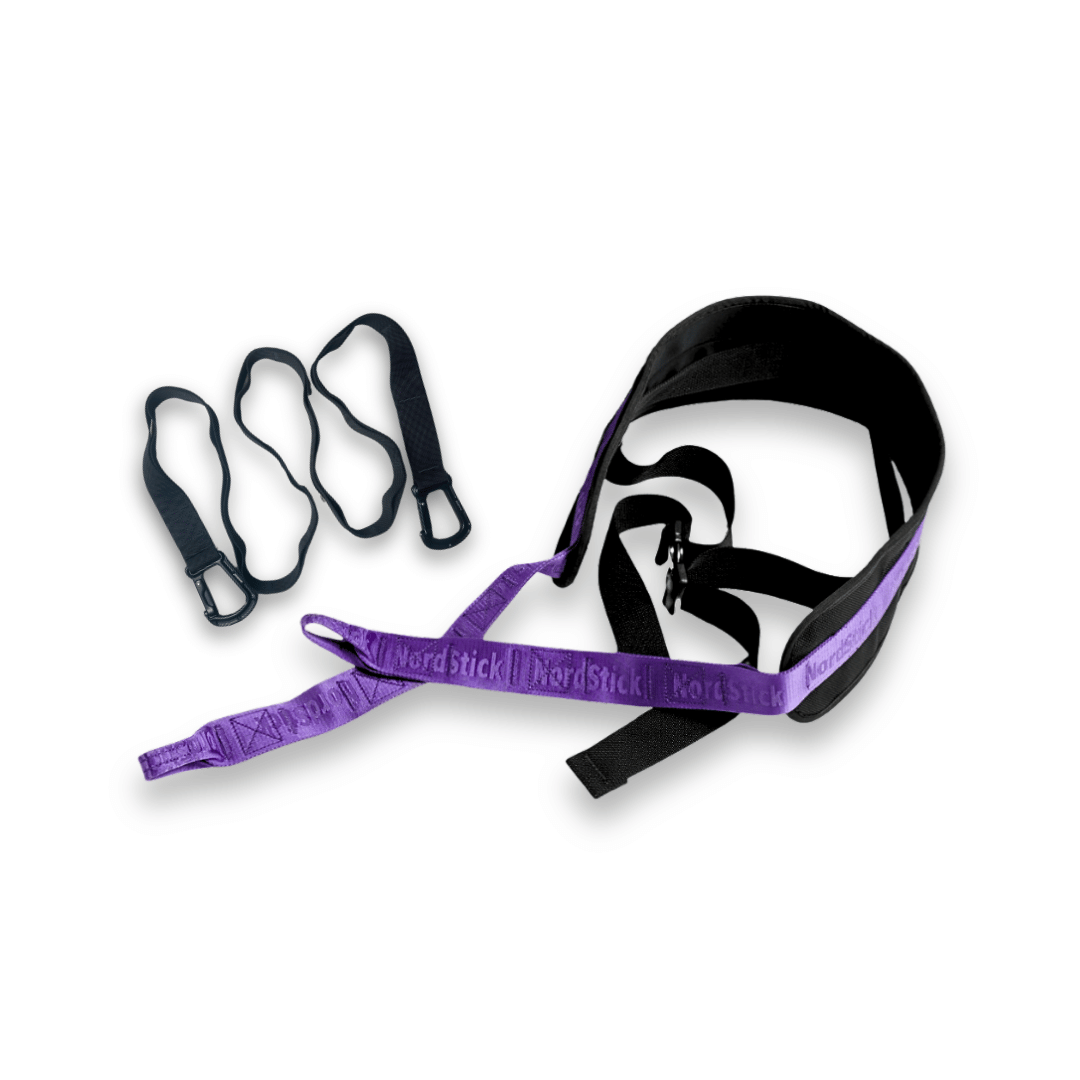
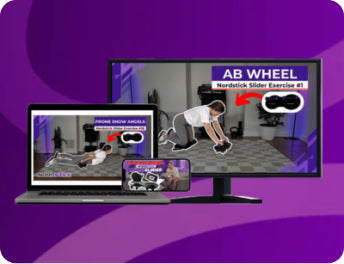





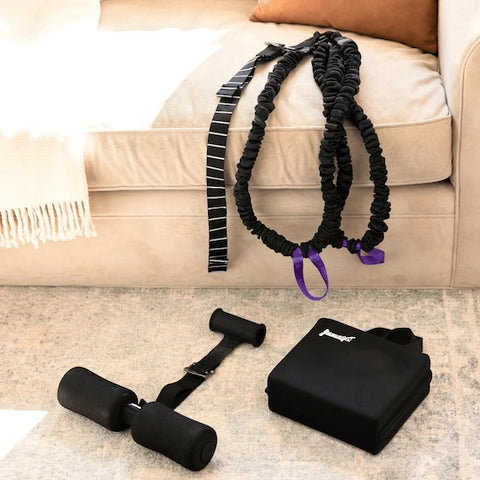



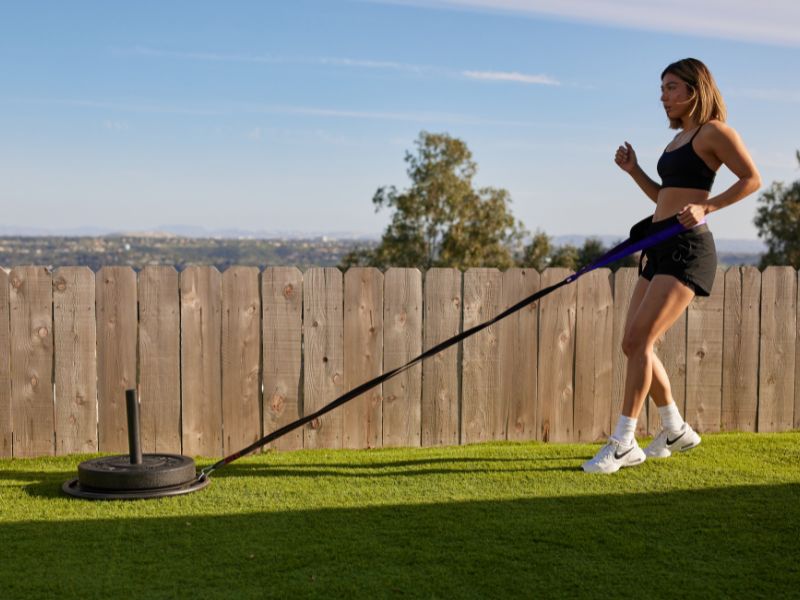

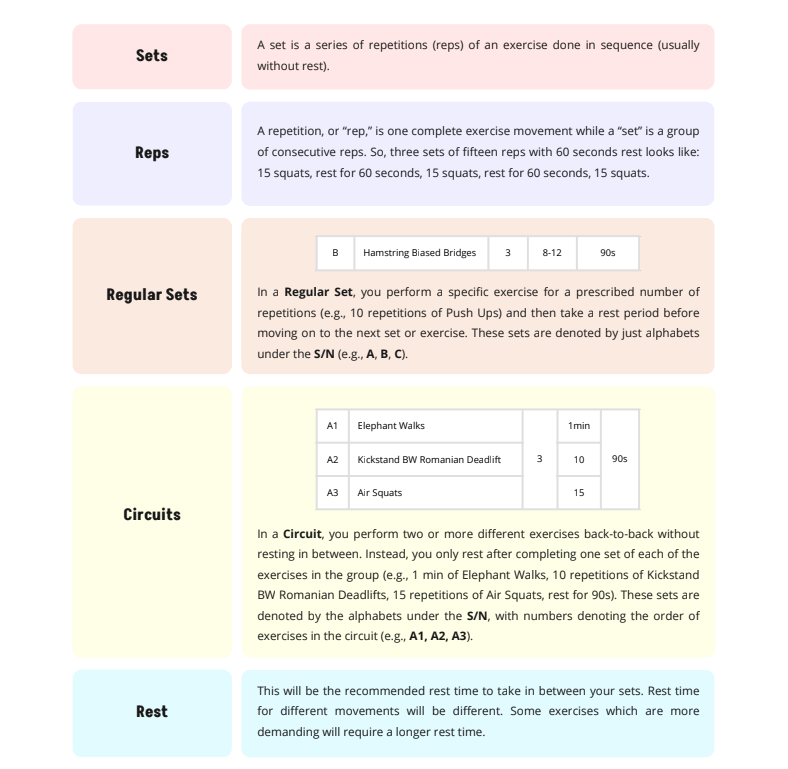





Leave a comment
This site is protected by hCaptcha and the hCaptcha Privacy Policy and Terms of Service apply.